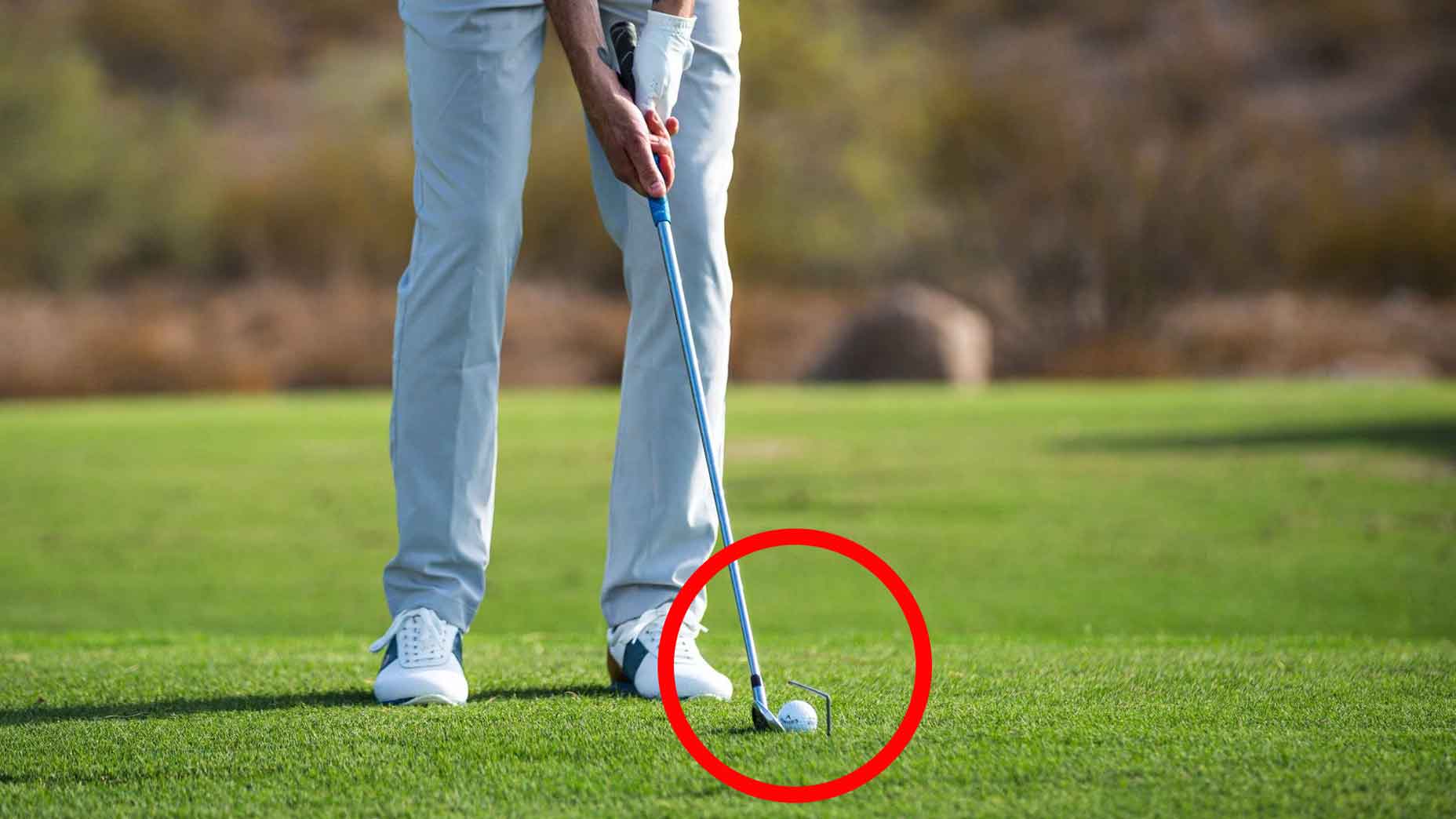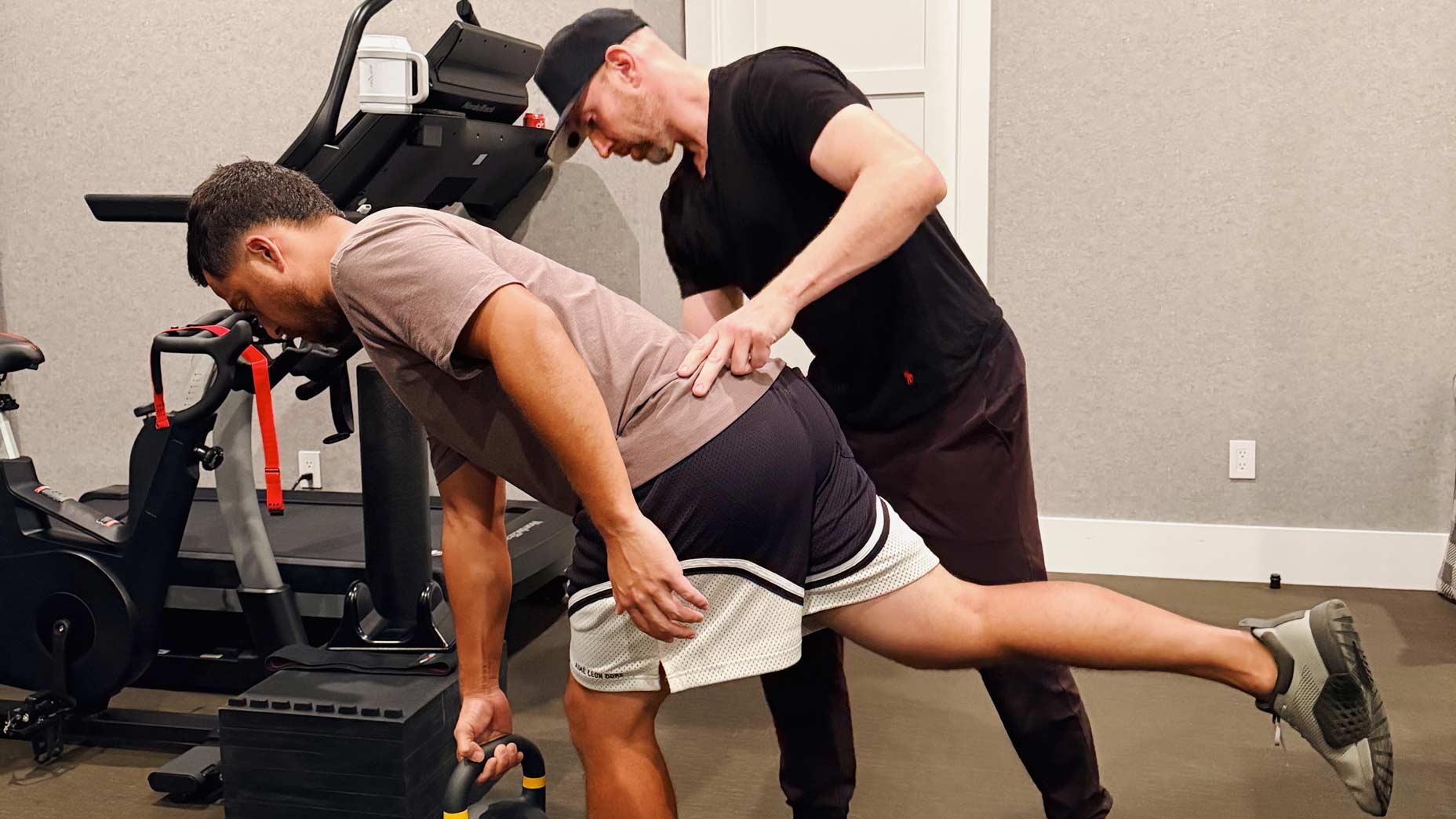Playing par-3s can be fun, as they often give players hope that they’ll stick their tee shot close enough to give themselves an opportunity at birdie.
Since these holes are shorter in distance, it doesn’t require using the driver — which is often a difficult club for many recreational players. So with the shorter yardages, you can use a wide range of club choices, making sure you go with the one you’re most comfortable with.
But actually mastering par-3s requires certain tactics and strategies, which is why I’m giving you 10 ways to see more success on these types of holes.
Use these tips for more success on par-3s
Whether you’re new to the game or a seasoned veteran, par-3s are a great way to improve your game. Plus, with the USGA and GOLF magazine recently hosting a fun par-3 event in Greenville, S.C. to celebrate the announcement of par-3 courses being added to the handicap system, you can now post scores on these shorter tracks — which is huge in growing the game of golf.
But before getting out there and teeing it up, see how you can play your best and have more fun on every par-3 hole.
1. Using a tee is always helpful
Some players opt against using a tee on a par-3, but why? If the rules allow you to use one, I always suggest doing so.
When the ball’s teed up, you don’t actually have to hit the ground — which is good news for many golfers who often incorrectly try to lift the ball or find themselves chunking it off the turf.
2. Tee it up as high as you need to
Sure, there are suggestions for how high or low you should tee it up, but there aren’t any rules against choosing one over the other. So if you struggle getting the ball higher in the air, just tee it higher to make life easier for yourself.
When using an iron on a par-3, a good habit to get into is making sure you hit and break the tee (assuming it’s a wooden one). If you’re doing this, you’re likely making contact with the center of the face and getting enough speed to maximize distance.
3. Know your yardages
Knowing how far you carry each club in your bag is so important on par-3s, as well as having a sense for their total distance. This will help you make a strategic decision before teeing off, rather than an educated guess based off of general results.

4. Look for the best angle
A common misconception when playing par-3s is that you should just tee it up in the middle of the tee box — but that may not be the best strategic play. Instead, look for the side of the tee box that gives you a path of least resistance.
Depending on what the hole looks like, simply teeing off from a better angle will allow you to avoid hazards like water and/or bunkers without having to hit a perfect shot. So make things easier on yourself.
5. Play more par-3 courses
Par-3 courses are growing in popularity these days, with many high-end country clubs and facilities even offering this type of option to players. And a new concept that I mentioned earlier is something called 3’s Golf, which launched its flagship location in Greenville, S.C. The course is fun, plays fast, and allows players to challenge themselves in a way that they often can’t on the driving range.
6. Par-3 courses now count towards your handicap
The USGA recently started rating par-3 courses, meaning you can now post scores for handicap purposes. So even if you don’t belong to a club or play longer courses often, you can get an official USGA handicap. Just make sure you sign up for the GHIN app from the USGA’s website, which allows you to post scores directly from your phone.
7. Angle into the wind
A big advantage for players to use on par-3s is to position their tee to be more angled into the wind — which will curve the ball less. So if the wind is from the left to right, take your shot from the right side of the tee box, which will allow you to angle it more against the conditions.
8. When necessary, plan for your next shot
Yes, most par-3s are shorter holes, but that doesn’t mean they aren’t tricky! In some cases, they’re even more demanding on a player than a par-4 or par-5 hole. These types of holes can have sloping greens that are protected by lots of bunkers, water, and/or tall fescue, so you need to approach each with some planning.
If the green’s a difficult one for you to hit on a regular basis, then it may be smart to aim for a spot that you can land safely if you don’t hit it. Aim for a spot that allows you a better opportunity to get up and down, which means aiming away from areas with bunkers if you can in order to hit a chip or putt from off the green.
9. Be a good bunker player
Lots of par-3 holes are protected by greenside bunkers — many of which are deep traps that can be extremely difficult to get out of. For that reason, you must learn to become a good player from the sand.
Outside of understanding how to get out with one swing, another key piece is controlling distance from the bunker. To do this, use a proper setup with the ball position more forward and the grip pointing towards the center of the body. This allows the bounce of the club to glide through the sand, which will help produce that “thump” you want to hear as you spray the sand with your shot.
10. Practice on the range
If you can’t make it to a par-3 course, the next best thing is to challenge yourself on the driving range — which can build your confidence and help identify which clubs to use for a variety of yardages. Just aim to different markers as if they’re the putting surface on a par-3 hole, and see how close you can get both by carry and total distance.
Looking for more golf content? Give me a follow on Instagram to get tips and playing advice.

Swing Caddie SC300i Launch Monitor
View Product












